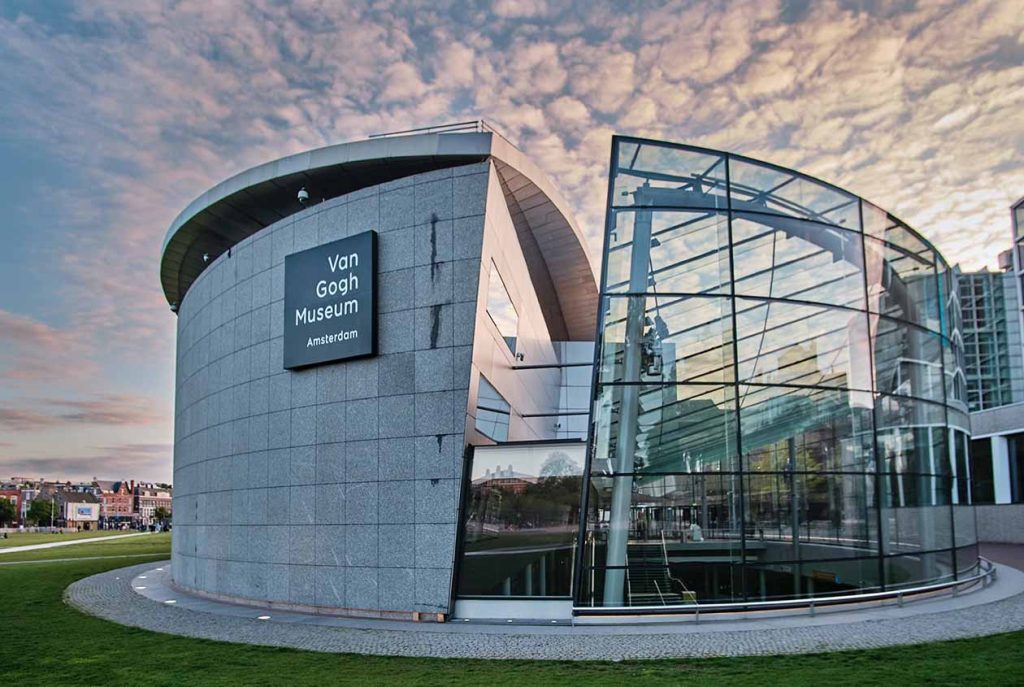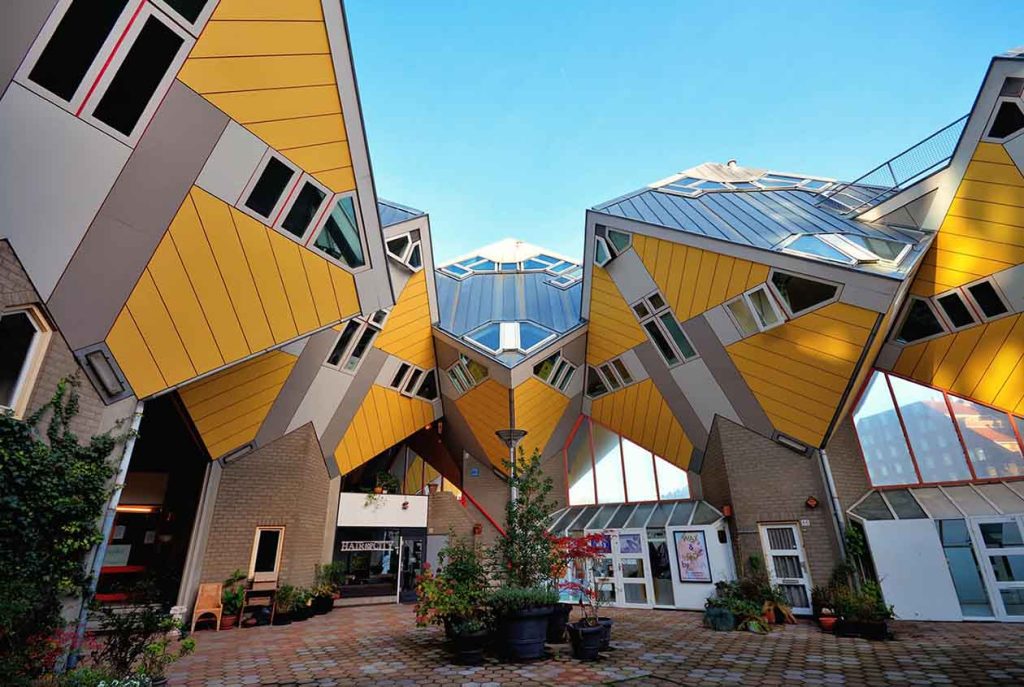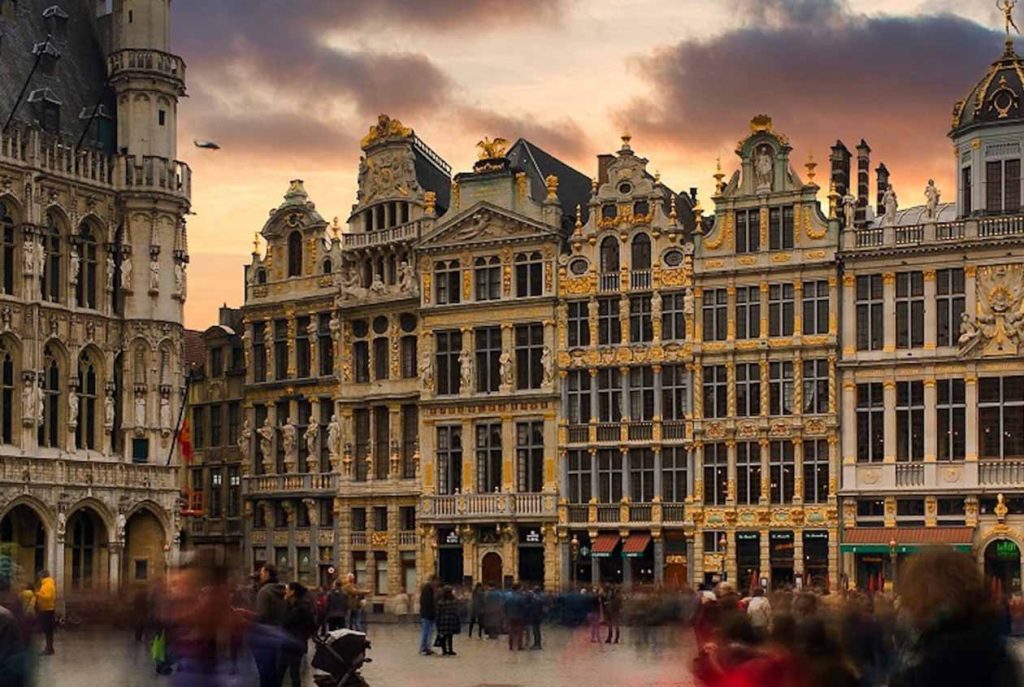
Toulouse, a city located in the south of France, is known for its elegant ancient architecture, warm rose-colored bricks, and rich history, earning it the title “La Ville Rose” (The Pink City). Whether standing in front of the magnificent Basilica of Saint-Sernin or walking through the narrow, winding streets of the old town, one can feel the deep historical roots of this city. Toulouse’s old town, blending medieval romance and ancient charm, is an ideal destination for history lovers and cultural travelers alike.
Next, let me take you on a journey through Toulouse’s old town, where you can explore the streets and buildings filled with historical traces, uncover hidden stories tucked away by time, and dive into the city’s rich historical and cultural heritage.
1. Overview of Toulouse’s Old Town
The old town of Toulouse roughly spans from the Garonne River to Rue de Bordeaux, covering a core area where the architectural style and street layout still maintain a strong medieval influence. Unlike other major French cities, the old town of Toulouse feels warm and inviting. The red bricks, ancient churches and squares, and winding streets immerse visitors in a nostalgic atmosphere that seems to transport them back in time.

The most distinctive feature of Toulouse’s old town is the “rose-colored” architecture. These buildings are constructed with locally sourced red bricks or clay, so when bathed in sunlight, the entire city glows with a warm rose hue. As you walk along the city’s streets, every brick seems to tell a story of the past.
Moreover, Toulouse’s old town is not just about its ancient buildings, but also its vibrant cultural life. Here, you’ll find historic squares where you can experience the blend of deep history and modern life. Whether visiting a museum or relaxing at a street café for an afternoon, Toulouse offers a unique urban charm that’s hard to resist.
2. Ancient Streets and Historical Landmarks
1. Basilica of Saint-Sernin (Basilique Saint-Sernin)
As one of the most iconic buildings in Toulouse, the Basilica of Saint-Sernin is undoubtedly the most impressive historical landmark in the old town. It is one of the largest Romanesque churches in Europe, built in the 11th century, and remains perfectly preserved in the heart of the old town. The church’s exterior is a classic example of Romanesque style, with its grand dome and monumental façade showcasing the extraordinary talent of the architects of that era.
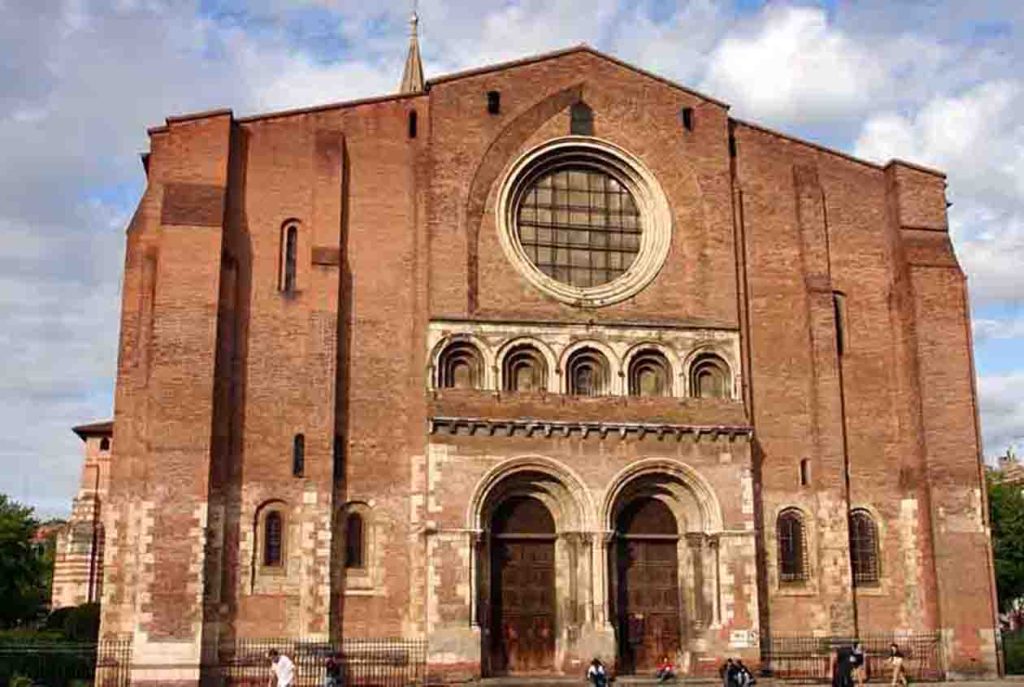
The Basilica of Saint-Sernin is not only a religious symbol of Toulouse but also an important stop on the European pilgrimage route. Pilgrims would start their journey here along the “Camino de Santiago” (Way of St. James), eventually reaching the holy site in Santiago de Compostela, Spain. The basilica is renowned for its towering spires and intricate carvings on the outside, while its interior features beautiful artwork and historical relics. The stained-glass windows inside are especially captivating, with each pane telling a sacred story.
Stepping into the church, the ancient atmosphere immediately surrounds you. The detailed sculptures, the magnificent stained-glass windows, and the sacred relics make you want to linger longer. You can stand before the altar and feel the sacred ambiance, or walk along the quiet corridors, appreciating the beauty where time and history intertwine.
2. Pont Neuf (New Bridge)
Pont Neuf is one of the oldest bridges in Toulouse, spanning the Garonne River. Despite its name, which means “new bridge,” it has stood for several centuries. The bridge’s unique arched structure not only reflects architectural artistry but also serves as a witness to Toulouse’s urban development. From the bridge, you can enjoy a panoramic view of the beautiful Garonne River, the city skyline, and the distant mountains—truly picturesque.
Pont Neuf dates back to the 16th century, and it stands as a testament to the daily lives of Toulouse’s residents. From this bridge, you can appreciate the beauty of the Garonne and feel the soul of the city. Whether it’s the tranquility of the morning or the golden glow at dusk, Pont Neuf offers an ideal vantage point for capturing the city’s scenic beauty.
Pont Neuf is a symbol of the old town. After enduring centuries of weathering, it still stands strong as a witness to Toulouse’s history. As a bridge between the ancient and modern, it also represents a cultural link between the past and the future.
3. Rue du Taur (Taur Street)
If you’re strolling through the old town of Toulouse, don’t miss Rue du Taur. This ancient street was once a gathering place for merchants and craftsmen and still retains many old shops and bars. The architectural style along the street blends medieval classicism with modern commercial energy, offering a sense of history and contemporary life coexisting.
One of the most notable landmarks on Rue du Taur is the Church of Notre-Dame du Taur. Built in the 14th century, the church’s exterior is simple, but its interior exudes a sense of sacredness and reverence. The church’s name “du Taur” comes from the story of St. Sernin, who was said to have been cruelly martyred here. Inside, you’ll find many historical relics, including the remains of St. Sernin and valuable religious artworks, giving the place a mysterious and solemn atmosphere.
Rue du Taur is a cultural artery of Toulouse’s old town. As you walk down the street, you’ll see ancient shops and bars still buzzing with life, as if time itself has paused here. The buildings on both sides reflect the evolution of Toulouse, from the medieval period to modernity.
3. Squares and Cultural Centers of Toulouse’s Old Town
1. Place Jean Jaurès
Located in the heart of Toulouse’s old town, Place Jean Jaurès is surrounded by various historical buildings and is a great place for the locals to relax and unwind. At the center of the square stands a statue commemorating Jean Jaurès, a revolutionary leader in France. This square not only serves as the city’s cultural heart but is also surrounded by cafés, restaurants, and shops, where life flows naturally, filled with citizens and tourists enjoying the atmosphere. Whether it’s the first rays of sunlight in the morning or the sunset glow in the evening, the square always looks serene and beautiful.
The buildings surrounding the square showcase architectural styles from different historical periods, from ancient municipal buildings to modern commercial centers, adding rich layers to the square’s character. Place Jean Jaurès is not just a place for leisure; it also stands as a witness to the intertwining of Toulouse’s history and culture.
2. Place du Capitole (Capitole Square)
Place du Capitole is the most famous square in Toulouse and serves as the city’s political and cultural center. The square is surrounded by grand buildings, with the most striking being the Capitole de Toulouse, the city hall. The façade of the city hall, constructed with red bricks, gives a solemn yet warm feeling. The square often hosts various cultural events and markets, making it a perfect spot for visitors to experience the rhythm of life in Toulouse and the local culture.
The activities held in the square are diverse, from traditional markets to modern art exhibitions, all of which allow you to immerse yourself in Toulouse’s rich cultural atmosphere. Whether it’s a summer outdoor concert or the Christmas market in winter, Place du Capitole is always filled with vitality and creativity, making it an ideal location for visitors to enjoy local culture and art.
4. Cuisine and Shopping in Toulouse’s Old Town
After exploring the ancient streets and historical landmarks of Toulouse, take a stroll through the old town’s markets and restaurants to experience the city’s culinary charm. Toulouse, being an important city in southern France, offers rich local cuisine and a unique shopping atmosphere. Here, you’ll find not only traditional French dishes but also handcrafted local specialties, which allow visitors to experience the cultural depth and local flavor of the city.
1. Local Cuisine: Cassoulet
When it comes to Toulouse’s cuisine, the most representative dish is Cassoulet, a traditional southern French delicacy. Cassoulet is a hearty stew made with white beans, sausages, duck, or lamb. Its rich flavor and deep taste make it a typical rural dish from the south of France, especially suited for colder seasons. Almost every restaurant in Toulouse serves Cassoulet, with each establishment adding its unique touch, yet all follow traditional cooking methods. If you visit Toulouse, you must try this dish, paired perfectly with a glass of local red wine.
If you’re a fan of desserts, Toulouse also offers an abundance of choices. For example, Breton crêpes and various French tarts are beloved traditional treats in the area. Particularly the French desserts, with their delicate appearance and soft textures, are a must-try.
2. Market Shopping: Victor Hugo Market
While enjoying the food, Toulouse’s shopping experience is also worth mentioning. The old town of Toulouse is home to many historical markets and small shops where you can pick up local handicrafts, souvenirs, and designer brands. Victor Hugo Market is one of the most famous markets in Toulouse, offering fresh ingredients from all over southern France. You can find fresh vegetables, fruits, sausages, cheeses, seafood, and more. Additionally, many small local shops inside the market sell regional specialties and souvenirs, such as Toulouse’s famous ceramics, handwoven fabrics, and accessories from local designers.
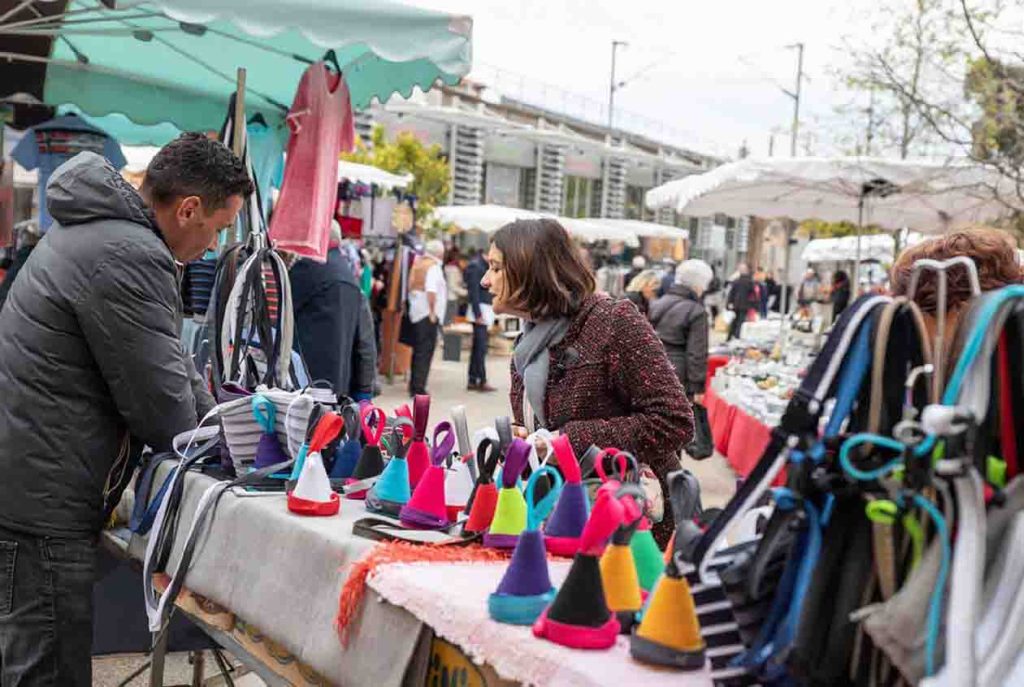
5. The Unique Charm of Toulouse
A stroll through Toulouse’s old town allows you to appreciate not only the ancient architecture and captivating streets but also the city’s distinctive historical and cultural atmosphere. From ancient churches to vibrant markets, from historic streets to modern cafés, Toulouse is a city that seamlessly blends history with contemporary life.
Whether you’re a history enthusiast or a food explorer, Toulouse offers a rich travel experience. It is not just an ancient city, but a dynamic, uniquely charming modern metropolis waiting for every traveler to discover and savor.
